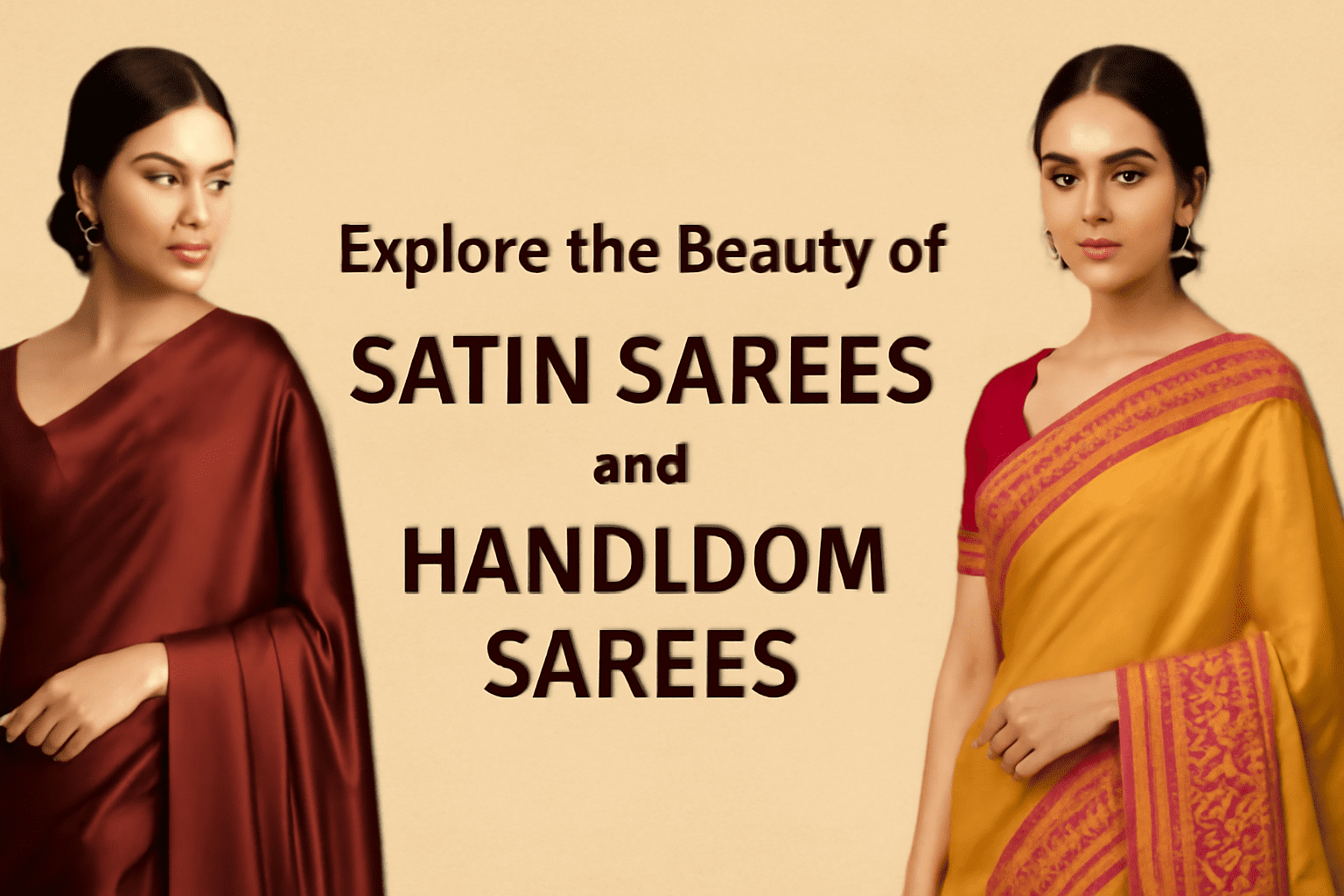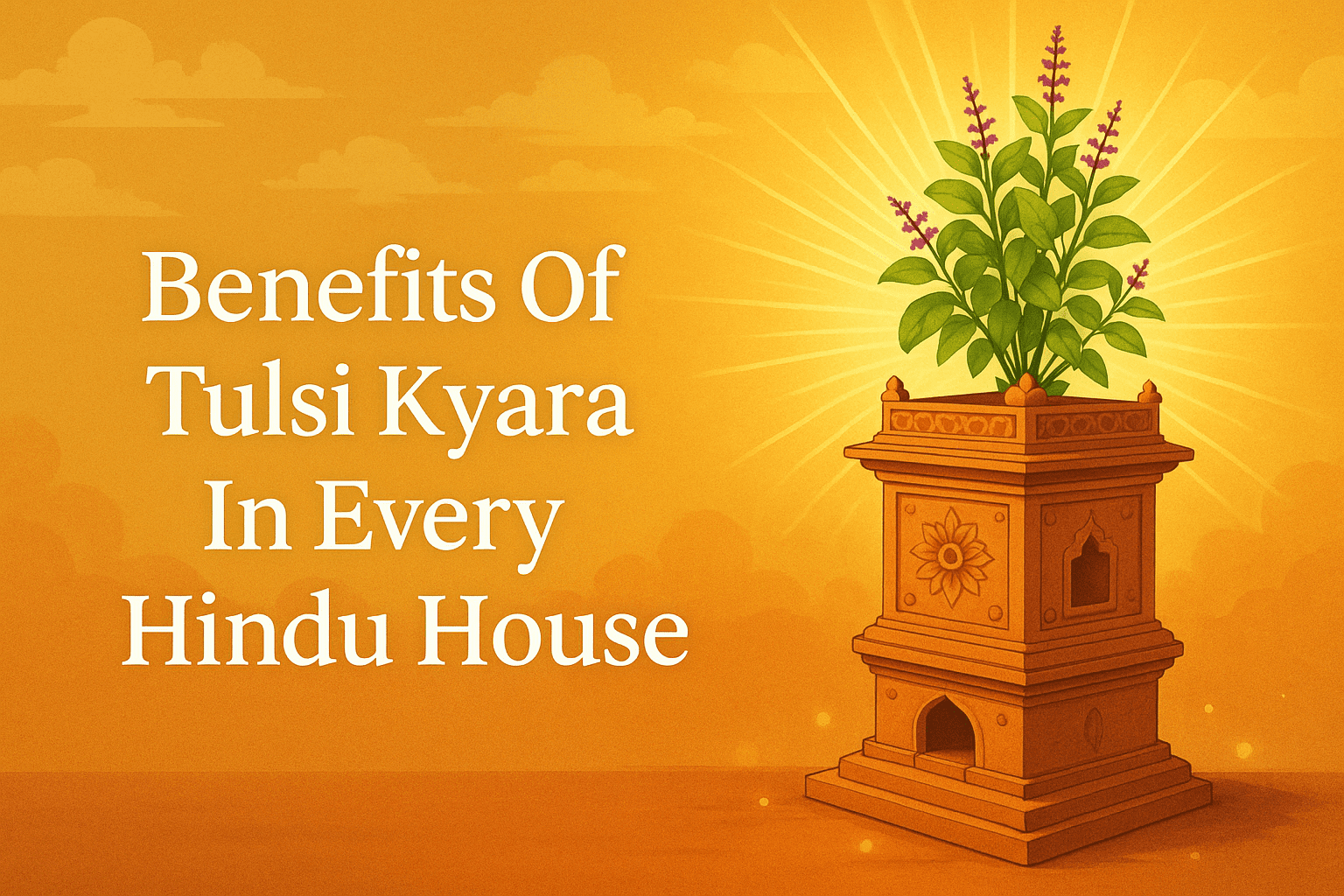Indian women look the most elegant, smart, and versatile in a saree, which is a traditional garment that suits not only them but women of all age groups and occasions. You can see it in festivals of every hue, occasions that are somber and formal as well as lighthearted and casual, professional environments, as they go for every time. Every single type represents its unique cultural value and symbolizes a particular style of craftsmanship, local heritage, and aesthetics equally. This post introduces ten totally different saree styles; a special emphasis is placed on eight classic types, namely Bandhani, Patola, Kanjivaram, Embroidery, Pashmina, Tussar, Banarasi, and Paithani, and the more general category of handloom sarees, pointing out their main features and indicating the suitable situation for each of them.
- Bandhani Saree
Bandhani sarees, known for their vibrant tie-dye patterns, are a hallmark of Gujarati and Rajasthani craftsmanship, created through a meticulous process of tying and dyeing fabric to form intricate designs. These lightweight sarees, often adorned with mirror work or embroidery, are perfect for festive occasions like Navratri or casual family gatherings, offering a splash of color and tradition. Their versatility allows them to be paired with minimal jewelry for a daytime event or dressed up for evening celebrations.
- Patola Saree
Patola sarees, which come from Patan, Gujarat, are quality double-ikat silk weaves that are truly distinctive with their geometric patterns, both for the precision and the play of colors making them a versatile choice for any high-class function. Ea h of the sarees is a time-consuming wonder and the process of creating it is usually spread over a few months, and their toughness ensures that they will be handed out as family jewels from one generation to another. Their striking colors and elaborate ornaments, in fact, make them perfect for brides or for an event needing an awe-inspiring and noble touch.
- Chiffon Saree
Chiffon sarees may be somewhat disconnected from the current keyword, however, they are worth mentioning due to the sheer fabric and the sleekness that appeal to the wearers’ eyes and bodies, and at the same time the bunching of the fabric like draping clouds make them the perfect choice for wearing in various modern settings such as cocktail parties, dates, and social gatherings. These attractive and attractive clothes usually have the best quality yarns with shining and sleek metallic threads, lace, spangles of various shapes, or flowers giving them a sweet and smooth appearance, which is combined with a glamorous look, is well appreciated by the ladies in the prime of their lives or those who strive to look modern. There is no challenge in tying them and wearing them comfortably, and the color range also steals the limelight of the saree.
- Embroidery Saree
Embroidery Sarees, which are magnanimous for abounding with threads, sequins, or various stone decorations, bring a modern touch to a traditional heritage and are fitting for parties, weddings, or festive meetings. Fashioned from materials like silk, chiffon, or georgette, these sarees have designs covering a range from floral to zardozi, a successful step in adapting to the changing tastes in modern patterns of wear without disregarding the roots of the culture. The flexibility they have allows them to be used in different daytime events and change to a stunning evening celebration without any difficulty.
- Pashmina Saree
Pashmina sarees, created by the yarn made from the fur of the Capra Hircus goat, that are very soft and light yet warm, have the same significance as any other luxury or high quality fabric, and are therefore not out of place in a posh or a serious gala of winter. Generally, such a saree is accompanied by near-to-invisible pearl work or the fabric is done simply without any decoration which apparently gives a visible impression of unpretentious luxury and would not look out of place in the cooler regions. The special gleam and texture of their textile make them a very classy choice for women who want to look good in Pashmina Silk Saree, feel comfy, and radiate charm all at the same time.
- Tussar Saree
Tussar silk is mainly produced from the tussar silkworm (antheraea mylitta) in parts of India (and some parts of China). Products like tussar silk saris are in great demand because of the high quality of the cloth, which is the most noticeable thing when wearing attire meant for informal situations like office or cultural events that require dressing up. Being Jharkhand and Bihar the biggest producers of this fabric, these saris bear the characteristic of being eco-friendly speak through the numerous tribal and hand-prints, which are in essence a portrayal of mother nature. Tussar sarees, therefore, represent the nature-friendly attitude of the generation of today and are a conforming choice of attire for people who are against the common problem of global warming and worn mostly in the day time by nature lovers or eco-conscious deserved fashion.
- Banarasi Saree
Banarasi sarees, which are made in Varanasi, are characterized by their rich silk weaves, intricate brocade work, and gold or silver zari that make them a traditional choice for bridal or majestic occasions. The sarees usually exhibit Mughal-inspired patterns such as paisleys and flowers, hence, they are a symbol of luxury and heritage that won’t go out of fashion. The Banarasi saree is a beautiful signature piece that can be worn at weddings, anniversaries, or any other occasion where elegance cannot be compromised.
Pashmina sarees, created by the yarn made from the fur of the Capra Hircus goat, that are very soft and light yet warm, have the same significance as any other luxury or high quality fabric, and are therefore not out of place in a posh or a serious gala of winter. Generally, such kind of saree is accompanied by near-to-invisible pearl work or the fabric is done simply without any decoration which apparently gives a visible impression of unpretentious luxury and would not look out of place in the cooler regions or places with an A/C. The special gleam and texture of their textile make them a very classy choice for women who want to look good, feel comfy, and radiate charm all at the same time.
- Kanjivaram Saree
Kanjivaram sarees, which come from Kanchipuram in Tamil Nadu, are to a large extent rich silk and colorful zari threads, which require special skills of designing which once more placed them the top priority of South Indian weddings and formal events. These sarees have a variety of patterns, and their durability, the bright colors, and the traditional motifs themselves are the qualities that are the draw here; the whole thing almost seems like a fairy tale. A Kanjivaram Saree can be worn for the most casual visit to the temple and the most grand gathering, it stylizes the personality and it is very subtle. It is just classic, and on any occasion, it is worn.
- Paithani Saree
Paithani Sarees, which originated in Maharashtra, are pure silk fabric with peacock motifs, bright and beautiful colors, and zari borders of intricate design, being so, they are favored among weddings and worshiping ceremonies. Notably, the place from where the sarees are named, Paithan, give birth to the Indian legacy, signifying that they are often designed in a traditional style, for example, lotus or asavali vines. The splendor of the Paithani sarees and the skills of the artisans make them an instant choice for the bride or any other festive occasion that she wishes to be part of.
- Handloom Saree
Handloom sarees are a wide range of weaves from different regions, eg, Chanderi, and Dharmavaram, highlighting the talents of the weavers in the industry and the colorful Indian heritage, together that they portray so richly. Genuine handmade sarees are most of the time a good choice for casual as well as special occasions. These sarees, made using old weaving techniques, stand for the support of the environment and community, a thing that is achieved by, most of the time, natural dyes, and the local handlooms depicting local culture. An individual owns a number of appealing features from eco-friendliness to multi-functions that make it a student of the eco-mobility class and take it to different destinations.
Choosing the Right Saree for the Occasion
Selecting a saree depends on the event, season, and personal style. For grand occasions like weddings, Patola, Banarasi, Kanjivaram, or Paithani sarees are ideal due to their rich weaves and intricate designs. Festive gatherings call for vibrant Bandhani or embroidery sarees that add a celebratory flair. For professional or semi-formal settings, Tussar or handloom sarees offer understated elegance and comfort. In colder months, Pashmina sarees provide warmth without sacrificing style, while chiffon sarees are perfect for summer soirées. Consider the time of day as well—darker, heavily embellished sarees suit evening events, while lighter, pastel tones work best for daytime gatherings.
Preserving the Legacy of Sarees
Saris are not simply dresses; they are a sign of India’s exceptional cultural diversity and the craft traditions the country has been nurturing for so long. Each and every one of them, right from the tie-dye Bandhani to the luxurious Banarasi, narrates a story of history, craftsmanship, and art. By opting for handloom or indigenous sarees, you make a contribution to the livelihood of the weavers and the environment and thus, you ensure that these classical weaves are kept alive. Regular maintenance such as taking silk sarees to a dry cleaner or folding them in muslin cloth protects their attractiveness for the next generations. A saree, whether worn for a wedding or for a leisurely outing, is still a symbol of dignity and continuity.
The universe of sarees is a live canvas of many different colors, fabrics, and cultures, each portraying a distinct character suitable for different kinds of occasions. The royal Kanjivaram and Banarasi, the unrefined Tussar, and the bright Bandhani are the four most outstanding sarees which give us a broad base to choose from as they are versatile and there’s something for everyone. You can be a radiant bride, a professional lady of taste, or an eager fashion buff who just wants to have the choices that can be used for multiple occasions as well as looks. Be open to the artistry that these materials bring to your style and your saree will always be there to narrate your story during the event.








